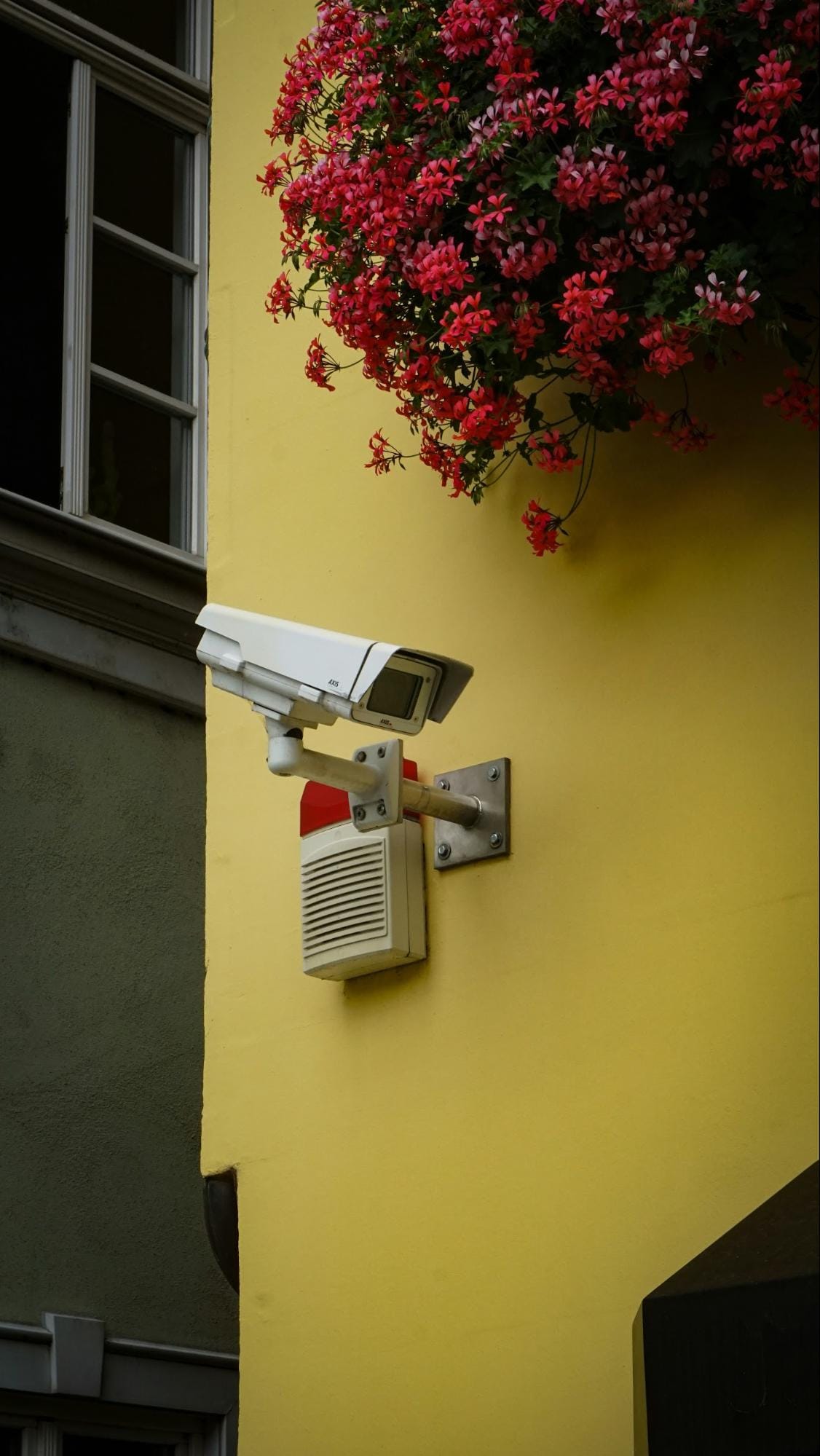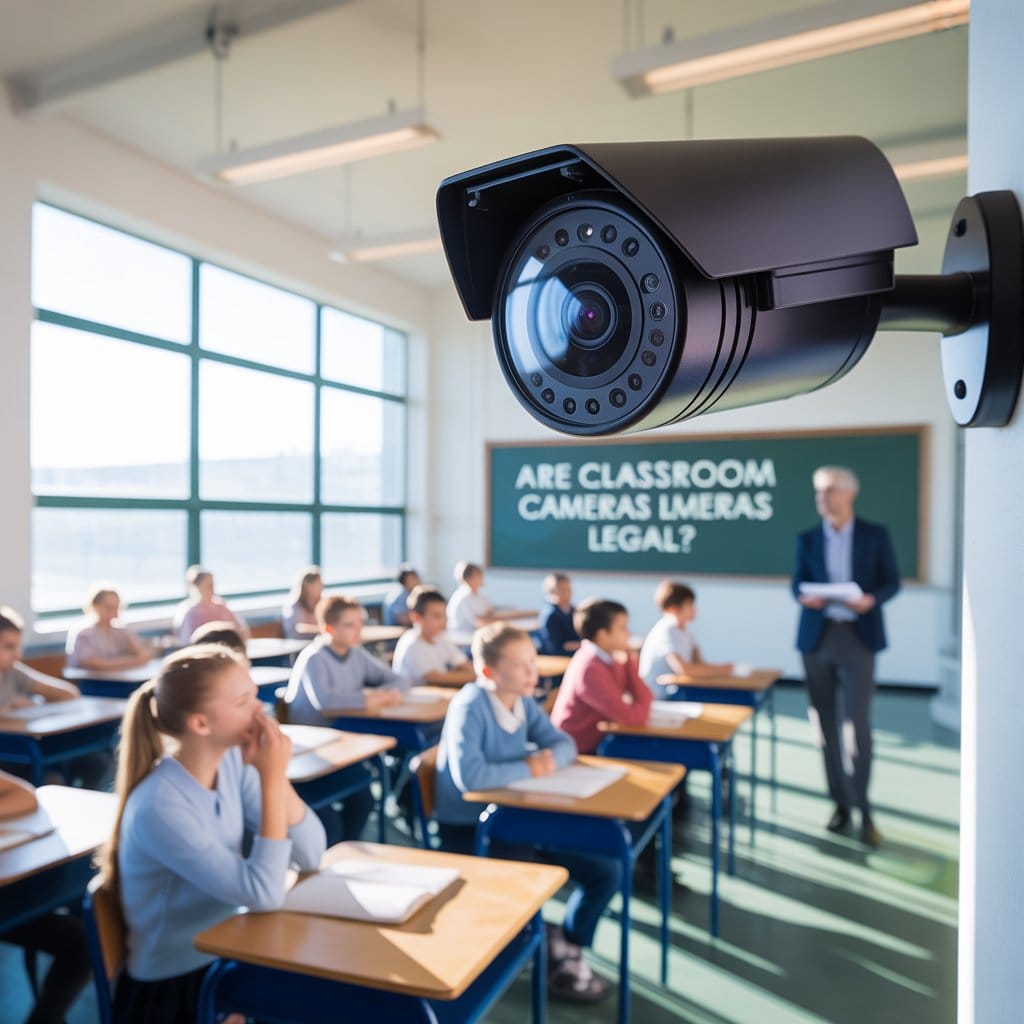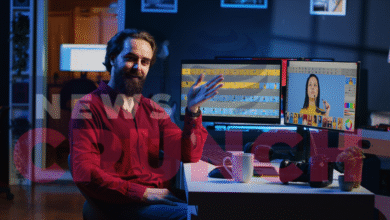The use of cameras in classrooms has become a widely debated issue, especially as schools seek to balance safety and accountability with privacy rights. By 2025, the legal landscape surrounding classroom surveillance will continue to evolve, with different states and countries implementing varied regulations. While some argue that cameras can enhance safety, deter misconduct, and provide transparency, others express deep concerns over privacy, surveillance ethics, and the potential for misuse.
Parents, teachers, and students each bring unique perspectives to the conversation, making it a complex and nuanced debate. Schools must navigate this legal and ethical terrain carefully, ensuring they comply with relevant laws while considering the rights of those being recorded. As the use of technology in education grows, understanding the benefits, challenges, and legal boundaries of classroom cameras remains essential for creating secure yet respectful learning environments.
The Legal Landscape: Are Cameras in the Classroom Legal?
Cameras in classrooms raise intricate legal questions. Are cameras in the school legal? This varies widely. The legality hinges on numerous factors, including location and specific regulations.
Each state in the U.S. sets its own rules. Some states have explicit laws regarding classroom cameras. Others leave it up to school districts to decide. Internationally, laws fluctuate even more.
Key legal considerations include privacy rights and consent. Schools often need to obtain parental consent to avoid legal troubles. For schools, understanding and complying with these legal frameworks is essential.
Here are critical factors affecting classroom camera legality:
- Privacy laws: Protections for students’ and teachers’ privacy.
- Consent requirements: Parental or guardian consent may be mandatory.
- State regulations vary from state to state, influencing implementation.
- Purpose of use: Cameras must serve a defined, justified purpose.
Schools must also consider the implications of video surveillance on teaching and learning environments. Proper policy development is crucial. Without clear guidelines, schools may face legal challenges. Understanding the broader legal landscape is the first step towards compliant camera usage in classrooms.
State-by-State Overview: Where Are Classroom Cameras Allowed?
The legality of classroom cameras differs across states. These differences result from varying privacy laws and educational policies. Certain states have clear guidelines, while others lack specific regulations.
In states like Texas and Georgia, cameras are commonly used. They emphasize security and student safety. In contrast, states like California have stringent privacy laws. These laws restrict camera use, requiring explicit consent.
Parental consent plays a crucial role. For instance, in Illinois, schools must obtain written parental approval. This is a significant factor influencing whether cameras are permissible.
Here’s a brief look at general trends:
- Permissive states: Texas, Georgia, and Virginia often allow cameras with fewer restrictions.
- Restrictive states, California, Massachusetts, and New York, require more significant oversight and consent.
- Consenting states: Illinois and Pennsylvania prioritize parental and staff consent.
Each state’s approach reflects local attitudes towards privacy and surveillance. In some areas, community input strongly influences policies. Schools there engage stakeholders to develop more inclusive guidelines.
The evolving legal frameworks in several states indicate possible future changes. Legal precedents could shift norms and practices. Therefore, staying informed on state laws is vital for schools considering camera installations.
These varying regulations underscore the complexity of implementing classroom cameras. Schools must meticulously navigate legal landscapes. Understanding state-specific guidelines can prevent potential legal conflicts.
Federal Laws and Privacy: FERPA, COPPA, and Beyond
Federal laws also play a crucial role in regulating classroom cameras. The Family Educational Rights and Privacy Act (FERPA) is particularly significant. It protects the privacy of students’ education records.
FERPA may apply to video recordings in classrooms. If videos identify students, they could be considered educational records. Schools must ensure proper compliance to avoid violations.
Another key law is the Children’s Online Privacy Protection Act (COPPA). COPPA focuses on protecting the privacy of children under 13. It ensures online platforms collect minimal personal information from children.
Here are the primary federal laws involved:
- FERPA: Governs access to students’ educational records, including videos.
- COPPA: Protects younger children’s privacy in digital spaces.
- CIPA: The Children’s Internet Protection Act aims to safeguard minors online.
Navigating these laws requires careful consideration. Schools must align technology use with federal guidelines. Legal counsel can help institutions maintain compliance, preventing potential legal issues.
Key Benefits of Classroom Cameras
Classroom cameras offer multiple advantages in educational settings. They can significantly enhance safety and security. Cameras serve as deterrents against misbehaviour and bullying.
Furthermore, cameras can facilitate remote learning opportunities. Schools can record lessons, making them accessible to absent students. This enables continuous learning even when students can’t attend classes.
Cameras can also contribute to teaching quality. They provide valuable feedback for teacher assessments. Reviewing recordings helps teachers refine their instructional strategies.
Key benefits include:
- Enhanced Safety: Deterring negative behaviour.
- Remote Learning: Providing lesson access to all students.
- Teaching Improvement: Offering feedback for professional development.

These benefits highlight why some schools advocate for cameras. They aim to balance security with educational improvement. The careful use of cameras can have positive outcomes.
Major Concerns: Privacy, Ethics, and Legal Risks
The installation of classroom cameras raises significant privacy issues. There is an ongoing debate about the potential invasion of students’ and teachers’ rights. Privacy concerns are at the forefront of discussions on classroom monitoring.
Ethical implications also demand attention. Constant surveillance may create an environment of distrust. Teachers and students might feel they are always being judged or watched.
Legal risks accompany these ethical and privacy dilemmas. Schools must navigate complex regulations to ensure compliance. Mistakes can lead to legal challenges and potential lawsuits.
Primary concerns include:
- Privacy Risks: Infringing on personal rights.
- Ethical Implications: Impacting trust and classroom atmosphere.
- Legal Challenges: Navigating complex laws and regulations.

Addressing these concerns involves careful planning and policy creation. Schools must balance the benefits of cameras with these significant concerns. Engaging all stakeholders is crucial to finding acceptable solutions.
Special Education and Classroom Cameras: Unique Legal Considerations
Classroom cameras play a unique role in special education settings. They can provide critical support for students with disabilities. The additional oversight helps ensure appropriate care and attention.
These settings often embrace technology for enhanced safety. Cameras can aid in monitoring specialized interactions and ensuring tailored educational support. This can be reassuring for parents and educators alike.
However, legal considerations remain essential. Schools must obtain consent and abide by specific laws that protect vulnerable populations. Balancing these legal and ethical considerations ensures that cameras serve their intended supportive function without infringing on rights.
Stakeholder Perspectives: Parents, Teachers, and Administrators
The perspectives of stakeholders vary when it comes to classroom cameras. Parents, teachers, and school administrators each have distinct views on this issue.
Many parents see cameras as a tool for transparency. They value the ability to monitor their children’s safety and education. Cameras can offer peace of mind to concerned parents.
Teachers, however, often express reservations. They worry about privacy and the effect cameras might have on teaching dynamics. The constant observation could lead to pressure and stress in the classroom.
Administrators consider both security and legal compliance. They aim to create a safe environment while avoiding potential legal pitfalls. Ensuring balanced input from all stakeholders is crucial for successful implementation.
- Parents: Value transparency and safety
- Teachers: Concerned about privacy and teaching impact
- Administrators: Balance security, safety, and legal considerations
Best Practices for Legal and Ethical Use of Classroom Cameras
Implementing classroom cameras requires careful planning. Schools need policies that respect privacy while enhancing security.
First, clear communication is vital. Schools should inform parents and staff about the reasons for camera use. Transparency helps build trust and alleviate concerns.
Next, legal compliance is essential. Schools must adhere to local, state, and federal regulations. Consulting with legal experts ensures no laws are breached.
Ethical practices are also crucial. Schools should limit camera access to authorized personnel only. Additionally, data protection protocols must be in place to secure recordings.
- Communicate the purpose and use to stakeholders
- Adhere to relevant laws and regulations
- Limit footage access and secure data

by Ronit Shaked (https://unsplash.com/@ronit_sha)
Establishing these practices fosters a respectful environment where safety and privacy coexist.
Technology Trends: AI, Data Security, and the Future of Surveillance in Schools
Advancements in technology shape the future of classroom surveillance. AI and machine learning enhance camera capabilities, offering real-time insights.
These technologies can automate monitoring, reducing manual oversight. However, they also introduce new data security challenges.
Schools must stay vigilant about protecting video data from breaches. Robust security measures are crucial to prevent unauthorized access and misuse.
- AI enhances real-time monitoring.
- Machine learning reduces manual oversight.
- Improved data protection is essential.l

by Max Böhme (https://unsplash.com/@max_boehme)
By integrating these technologies responsibly, schools can improve safety while respecting privacy. Balancing innovation and protection remains a priority.
Frequently Asked Questions About Classroom Cameras
Questions about classroom cameras often focus on legality and implications. Many wonder if cameras are allowed in classrooms.
Another common question concerns parental consent. Schools often need permission from parents before filming students.
What about teachers’ privacy? This is a frequent concern, balancing supervision with privacy rights.
Can third parties access camera footage? Access to recordings is usually restricted and governed by strict rules.
Common Questions:
- Are security cameras allowed in school classrooms?
- Is parental consent required?
- How is teachers’ privacy protected?
- Who can access camera footage?
- Is it legal to have cameras in a classroom?
These queries highlight key issues schools face when implementing cameras. Clear policies are essential to address them.
Read Also: Dental Treatment Abroad at Helvetic Clinics
Conclusion: Navigating the Complexities of Classroom Camera Legality in 2025
The legality of classroom cameras in 2025 is a complex and evolving issue. Schools must balance the benefits of security and oversight with privacy concerns.
Each state’s laws can differ significantly. Therefore, schools should seek legal counsel to ensure compliance with both state and federal regulations.
As technology advances, the debate around classroom cameras will continue. Staying informed and considering all stakeholders’ perspectives will be essential for navigating future challenges.
FAQs
1. Are cameras in school classrooms legal?
Yes, but laws vary by state and country. Schools must follow local, state, and federal privacy regulations.
2. Do schools need parental consent to use classroom cameras?
Often yes—especially when students are identifiable. Consent requirements depend on state laws.
3. How are teachers’ and students’ privacy protected with classroom cameras?
Privacy is protected through clear policies, limited access, and compliance with privacy laws like FERPA.
4. Who can access classroom camera footage?
Only authorized personnel can access it. Footage is typically restricted and governed by privacy rules.






